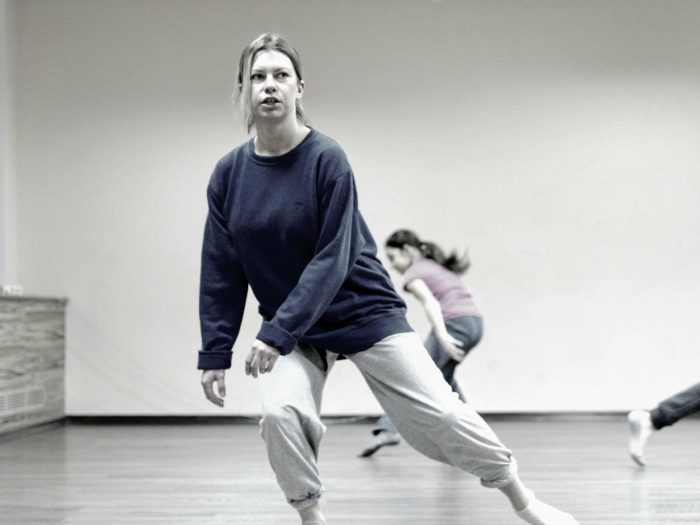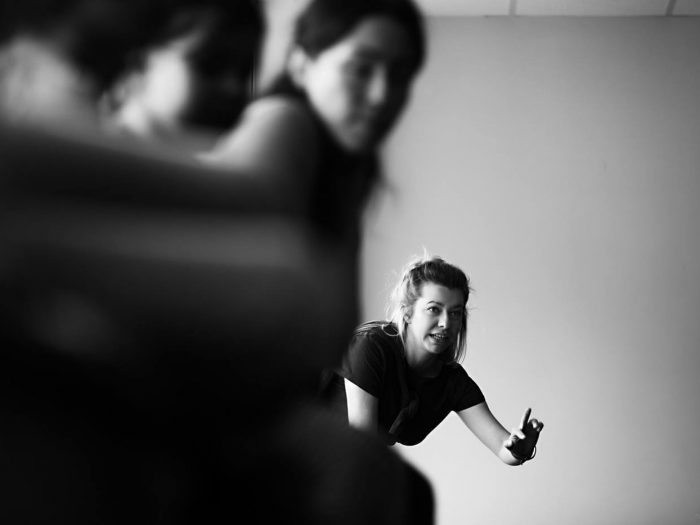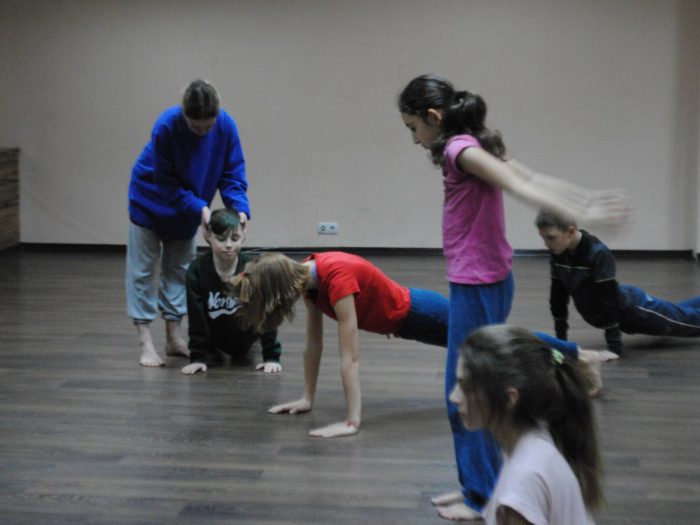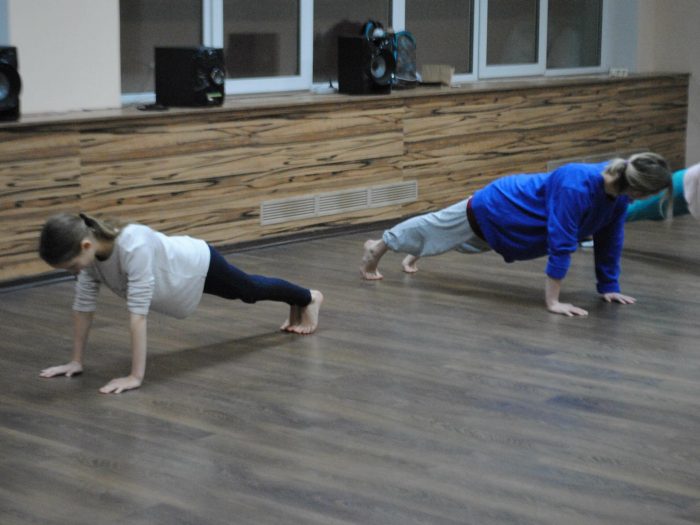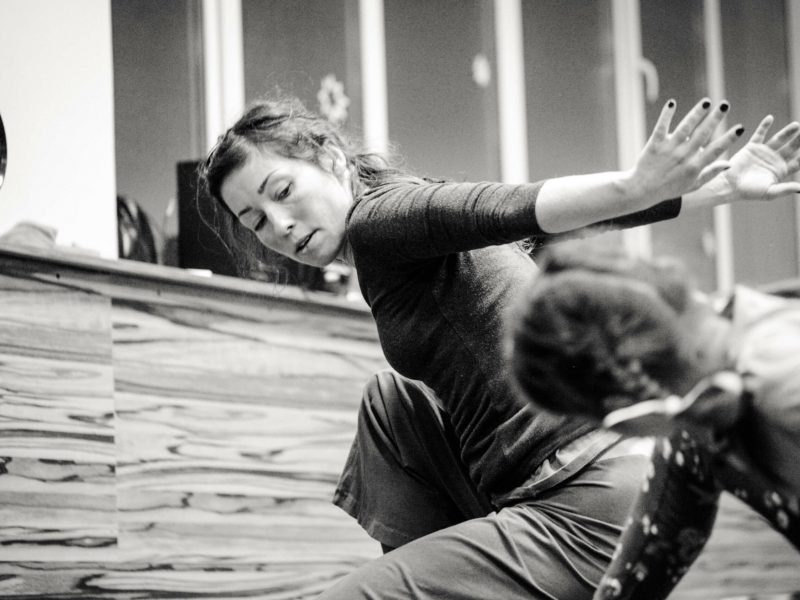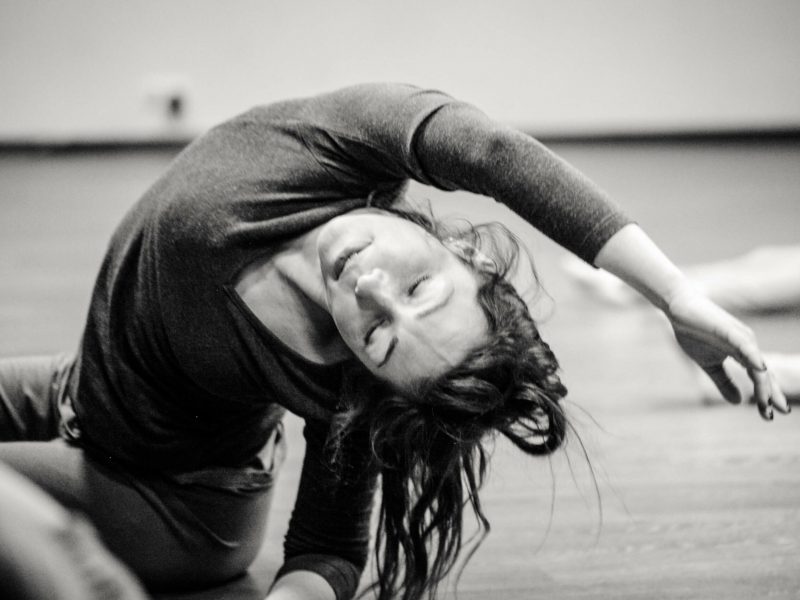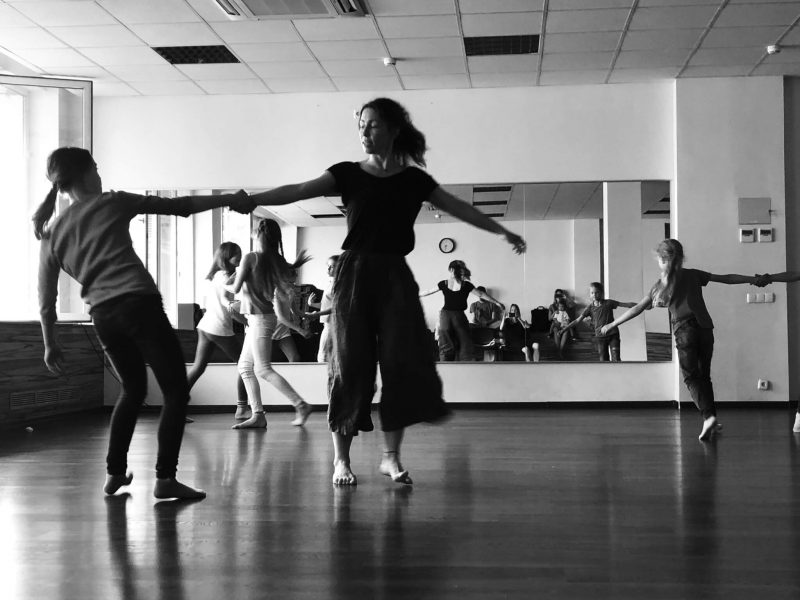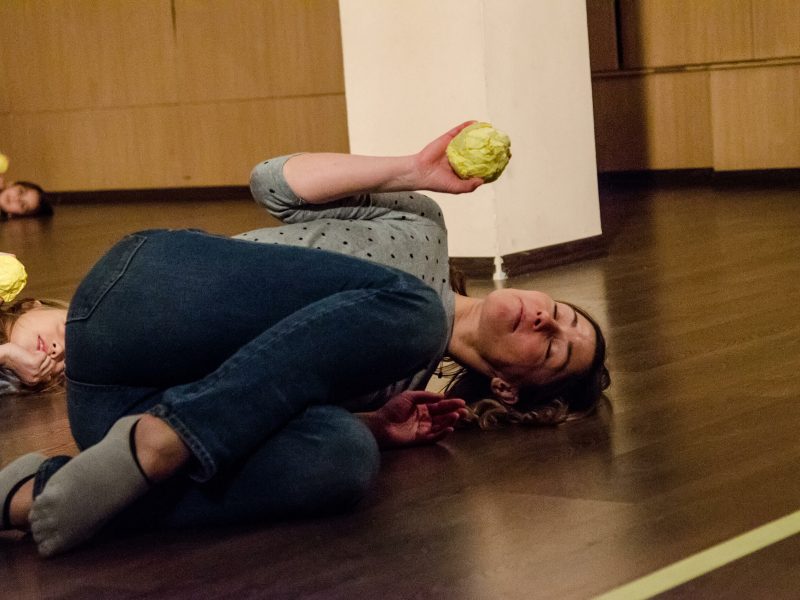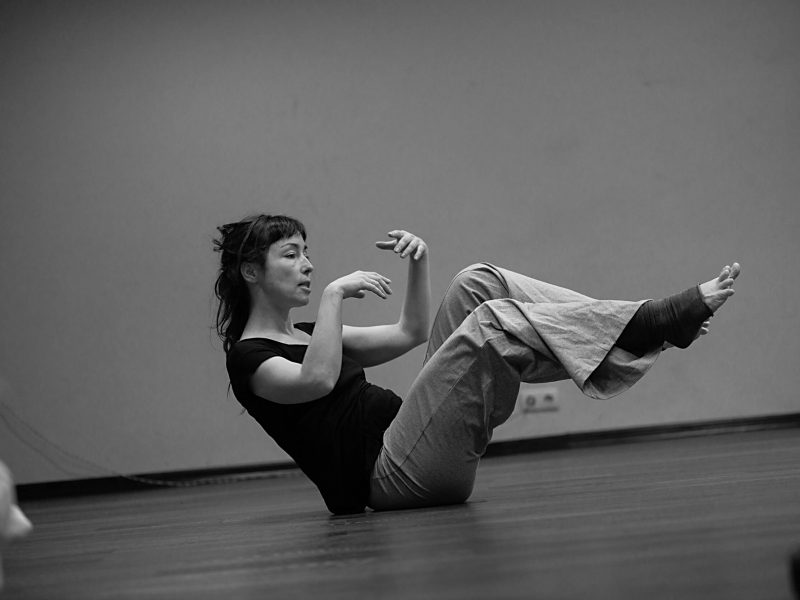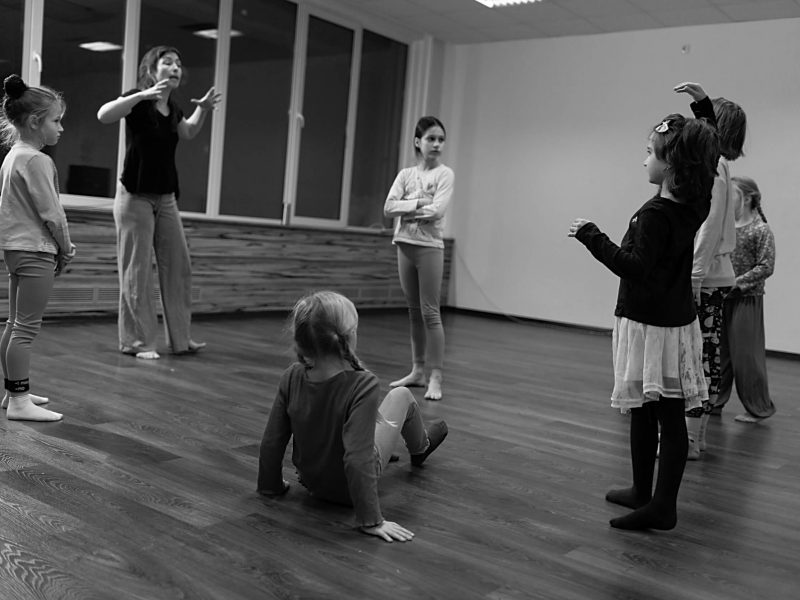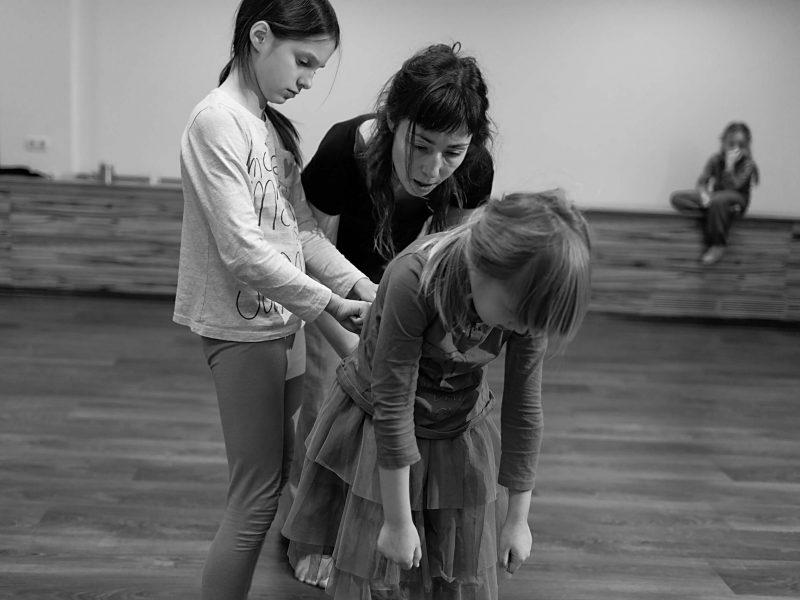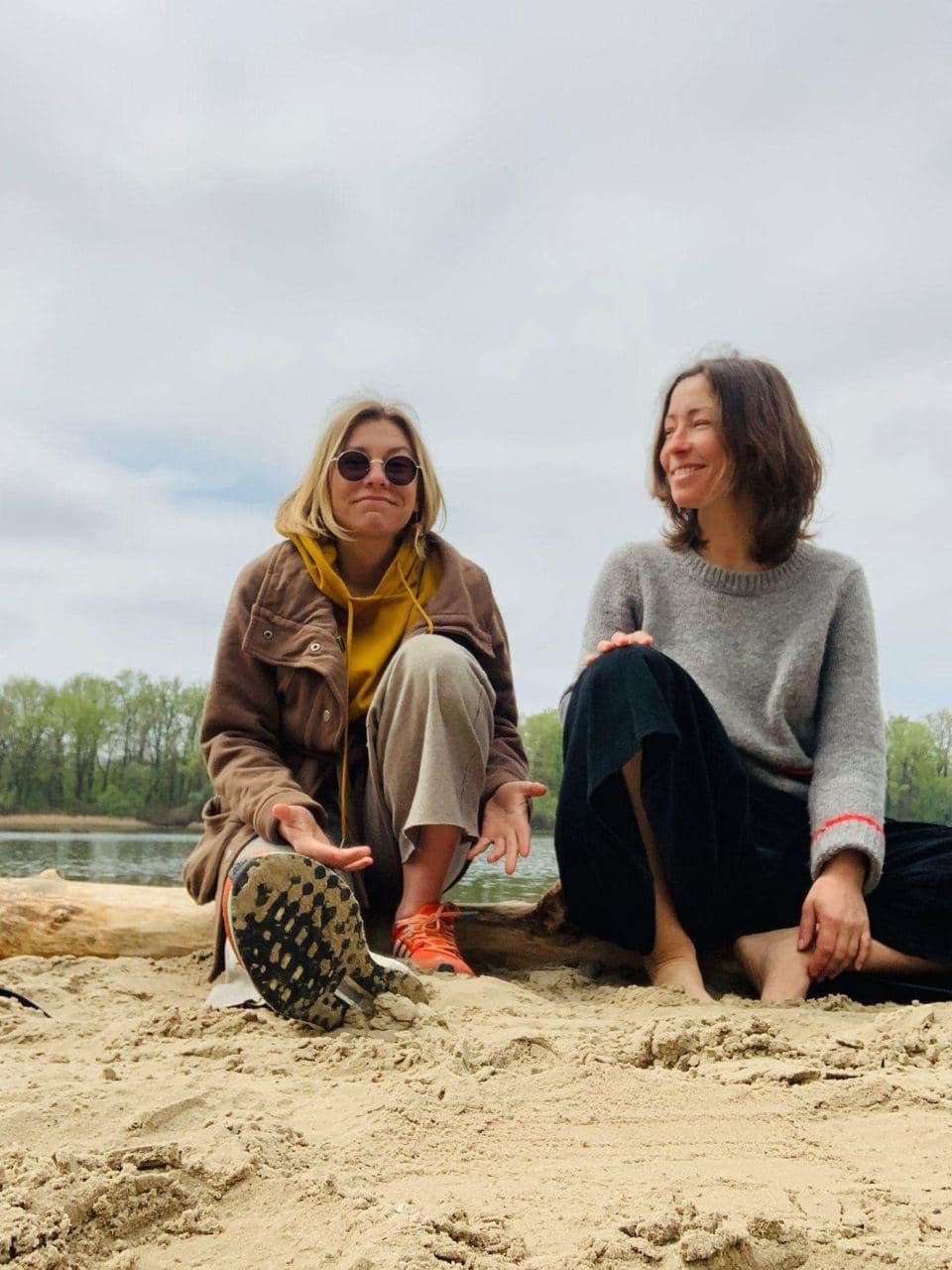
Anna Vinogradova
Maria Martos
Co-founders:
Maria Martos and Anna Vinogradova
We view dance and choreography as the activity integrated into children’s lives to serve as support to their day-to-dayness.
We are not producing athletes or classic technique dancers.
No matter what a child is like and which path he or she will choose, the skills they get in the dancing studio will help them:
- have better experience in feeling and trusting their body, be deft, sensitive and observing;
- act without fear of being unappreciated or not pretty or different from others;
- make decisions based on their inner sensations;
- be able to see and to hear others, and be thoughtful of and responsive to the environment.
Co-founders and inhouse instructors:
Maria Martos and Anna Vinogradova

Anna Vinogradova
Maria Martos
We view dance and choreography as the activity integrated into children’s lives to serve as support to their day-to-dayness.
We are not producing athletes or classic technique dancers.
No matter what a child is like and which path he or she will choose, the skills they get in the dancing studio will help them:
- have better experience in feeling and trusting their body, be deft, sensitive and observing;
- act without fear of being unappreciated or not pretty or different from others;
- make decisions based on their inner sensations;
- be able to see and to hear others, and be thoughtful of and responsive to the environment.

Anna Vinogradova
My dancing and other bodily experience background include classical dance, yoga, somatic activities, numerous classes in contemporary dance, and performance practices.
I’ve not been too much into teaching dance to adults recently. Instead, I’ve plunged into working with kids.
Every once in a while, I also produce dancing art pieces, both solo and in collaboration with Ukrainian dance talents, mainly with people from the TanzLaboratorium group.
I’ve not been too much into teaching dance to adults recently. Instead, I’ve plunged into working with kids.
Every once in a while, I also produce dancing art pieces, both solo and in collaboration with Ukrainian dance talents, mainly with people from the TanzLaboratorium group.
I am fond of dancing with children. Kids are intrinsically engaging dancers as can be. For someone interested in dance and motion, it’s a great treat to be able to observe them.
I don’t think I teach kids to dance — they surely can do this well without me. Instead, we spend some time together, and our encounters, openness, and advertence result in some great ideas.
I don’t think I teach kids to dance — they surely can do this well without me. Instead, we spend some time together, and our encounters, openness, and advertence result in some great ideas.
I am adherent to balanced classes filled with active movements and challenges for body and mind. With the time for some placidity (for the fresh information to find its place to rest) and room for conversations and reflections.
Usually, I single out a certain topic we then stick to in our classes for several months.
The topic may spring from a number of things: a story from a book we read in the group, from working with rhythms and sounds (like body percussion), from our interest in some object, etc.
Usually, I single out a certain topic we then stick to in our classes for several months.
The topic may spring from a number of things: a story from a book we read in the group, from working with rhythms and sounds (like body percussion), from our interest in some object, etc.
At the end of such a series of classes, we make a small choreographic performance and invite parents to attend. Sometimes this turns into celebrating some holiday (like Christmas or New Years’ festivities) if the events coincide.
I am happy when I see the skills that the kids get in the dancing studio intervene with their lives, helping them along the way: improvising, being open to new things, and remaining friendly to their body.
I am happy when I see the skills that the kids get in the dancing studio intervene with their lives, helping them along the way: improvising, being open to new things, and remaining friendly to their body.
Previous slide
Next slide

Maria Martos
I think the reason I practice and teach contemporary dance rather than any other kind of dance is that it leaves more questions than statements.
This approach seems to be the most related to the body and the dance and life in general…
Yet another reason is that contemporary dance is close to children who, of all people, love experimenting, exploring, and learning things through firsthand experience.
This approach seems to be the most related to the body and the dance and life in general…
Yet another reason is that contemporary dance is close to children who, of all people, love experimenting, exploring, and learning things through firsthand experience.
I am not actually teaching during classes, but rather creating conditions that promote kids’ searching inspired by their attention and curiosity to the body and movement.
This is the dance perception I am interested in.
This certainly doesn’t mean we avoid training the body.
I usually combine workshop activities with practical exercises intended to gradually develop children's balance, support, vigor, coordination and correlation, sense of weight, and the like.
This is the dance perception I am interested in.
This certainly doesn’t mean we avoid training the body.
I usually combine workshop activities with practical exercises intended to gradually develop children's balance, support, vigor, coordination and correlation, sense of weight, and the like.
In both cases, practicing attentiveness remains the key tool. A game is the most engaging and relatable activity format, although particular kinds of activities may hugely vary depending on children’s age.
We also engage in lots of conversations, contemplations, sharing feelings and emotions. We learn to articulate one’s thoughts and hear someone else’s thoughts.
I believe such classes will become a basis for evolution of a free personality. That’s the kind of classes children really need, especially nowadays.
We also engage in lots of conversations, contemplations, sharing feelings and emotions. We learn to articulate one’s thoughts and hear someone else’s thoughts.
I believe such classes will become a basis for evolution of a free personality. That’s the kind of classes children really need, especially nowadays.
Previous slide
Next slide
